CEP-32496 hydrochlorideB-Raf/C-Raf inhibitor,highly potent CAS# 1227678-26-3 |
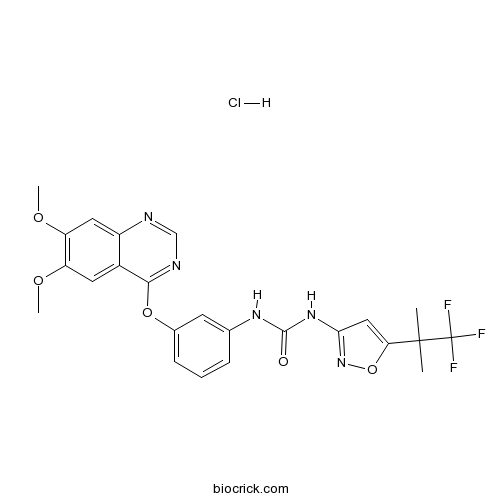
- CEP-32496
Catalog No.:BCC1079
CAS No.:1188910-76-0
- Sorafenib
Catalog No.:BCN2174
CAS No.:284461-73-0
- Vemurafenib (PLX4032, RG7204)
Catalog No.:BCC1269
CAS No.:918504-65-1
- BRAF inhibitor
Catalog No.:BCC1436
CAS No.:918505-61-0
- PLX-4720
Catalog No.:BCC1280
CAS No.:918505-84-7
Quality Control & MSDS
3D structure
Package In Stock
Number of papers citing our products
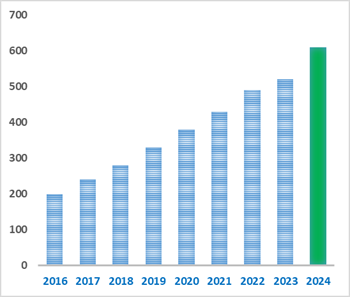
| Cas No. | 1227678-26-3 | SDF | Download SDF |
| PubChem ID | 56954675 | Appearance | Powder |
| Formula | C24H23ClF3N5O5 | M.Wt | 553.92 |
| Type of Compound | N/A | Storage | Desiccate at -20°C |
| Synonyms | RXDX-105 hydrochloride; Agerafenib hydrochloride | ||
| Solubility | DMSO | ||
| Chemical Name | 1-[3-(6,7-dimethoxyquinazolin-4-yl)oxyphenyl]-3-[5-(1,1,1-trifluoro-2-methylpropan-2-yl)-1,2-oxazol-3-yl]urea;hydrochloride | ||
| SMILES | CC(C)(C1=CC(=NO1)NC(=O)NC2=CC(=CC=C2)OC3=NC=NC4=CC(=C(C=C43)OC)OC)C(F)(F)F.Cl | ||
| Standard InChIKey | XCZIYUDQUDWQHI-UHFFFAOYSA-N | ||
| Standard InChI | InChI=1S/C24H22F3N5O5.ClH/c1-23(2,24(25,26)27)19-11-20(32-37-19)31-22(33)30-13-6-5-7-14(8-13)36-21-15-9-17(34-3)18(35-4)10-16(15)28-12-29-21;/h5-12H,1-4H3,(H2,30,31,32,33);1H | ||
| General tips | For obtaining a higher solubility , please warm the tube at 37 ℃ and shake it in the ultrasonic bath for a while.Stock solution can be stored below -20℃ for several months. We recommend that you prepare and use the solution on the same day. However, if the test schedule requires, the stock solutions can be prepared in advance, and the stock solution must be sealed and stored below -20℃. In general, the stock solution can be kept for several months. Before use, we recommend that you leave the vial at room temperature for at least an hour before opening it. |
||
| About Packaging | 1. The packaging of the product may be reversed during transportation, cause the high purity compounds to adhere to the neck or cap of the vial.Take the vail out of its packaging and shake gently until the compounds fall to the bottom of the vial. 2. For liquid products, please centrifuge at 500xg to gather the liquid to the bottom of the vial. 3. Try to avoid loss or contamination during the experiment. |
||
| Shipping Condition | Packaging according to customer requirements(5mg, 10mg, 20mg and more). Ship via FedEx, DHL, UPS, EMS or other couriers with RT, or blue ice upon request. | ||
| Description | CEP-32496 hydrochloride is a highly potent inhibitor of wild-type BRAF, V600E mutant BRAF and c-Raf with Kd values of 14 nM, 36 nM and 39 nM, respectively. | |||||
| Targets | wild-type BRAF | V600E mutant BRAF | c-Raf | |||
| IC50 | 14 nM (Kd) | 36 nM (Kd) | 39 nM (Kd) | |||

CEP-32496 hydrochloride Dilution Calculator

CEP-32496 hydrochloride Molarity Calculator
| 1 mg | 5 mg | 10 mg | 20 mg | 25 mg | |
| 1 mM | 1.8053 mL | 9.0266 mL | 18.0531 mL | 36.1063 mL | 45.1329 mL |
| 5 mM | 0.3611 mL | 1.8053 mL | 3.6106 mL | 7.2213 mL | 9.0266 mL |
| 10 mM | 0.1805 mL | 0.9027 mL | 1.8053 mL | 3.6106 mL | 4.5133 mL |
| 50 mM | 0.0361 mL | 0.1805 mL | 0.3611 mL | 0.7221 mL | 0.9027 mL |
| 100 mM | 0.0181 mL | 0.0903 mL | 0.1805 mL | 0.3611 mL | 0.4513 mL |
| * Note: If you are in the process of experiment, it's necessary to make the dilution ratios of the samples. The dilution data above is only for reference. Normally, it's can get a better solubility within lower of Concentrations. | |||||

Calcutta University

University of Minnesota

University of Maryland School of Medicine

University of Illinois at Chicago

The Ohio State University
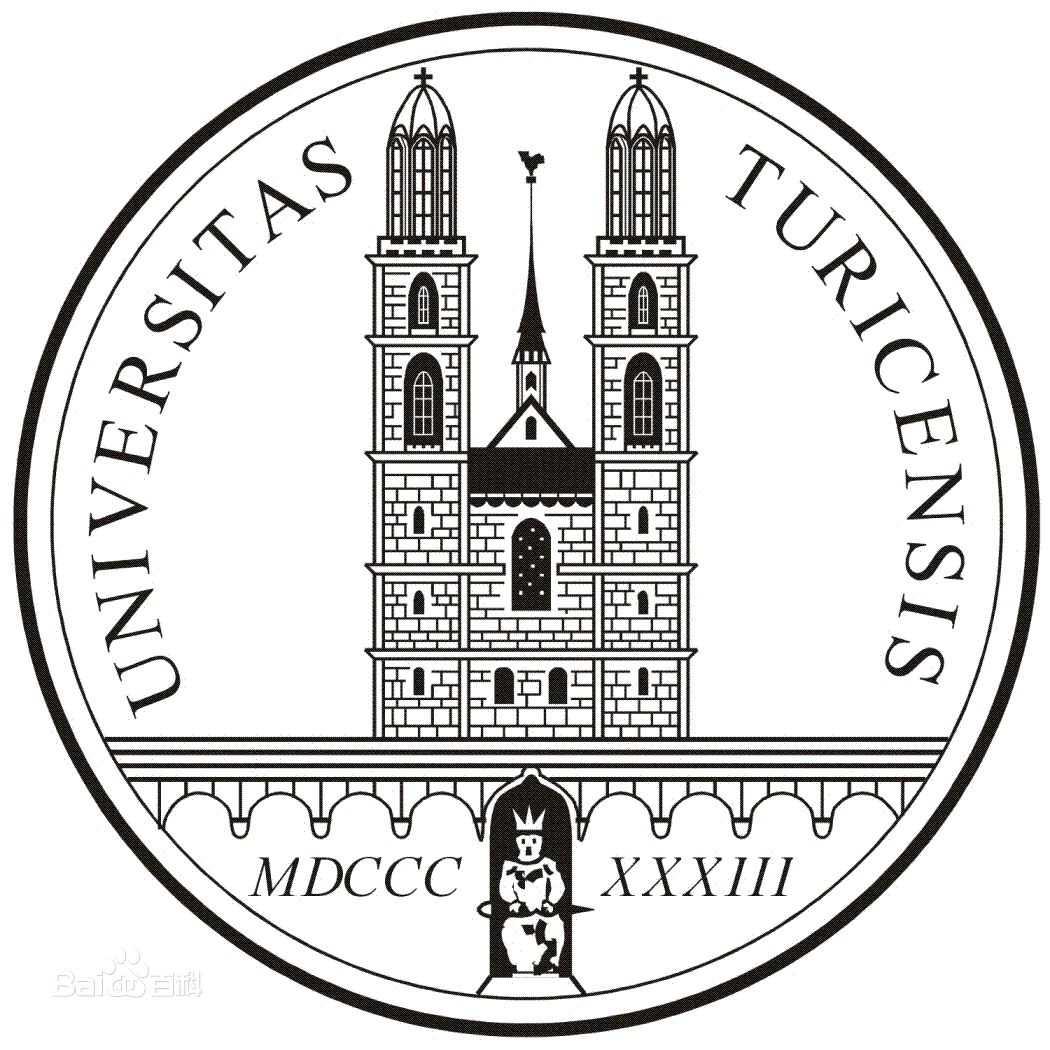
University of Zurich

Harvard University

Colorado State University
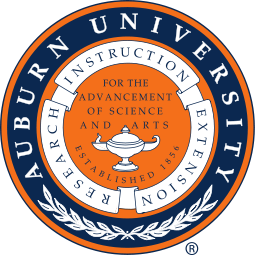
Auburn University

Yale University

Worcester Polytechnic Institute

Washington State University

Stanford University

University of Leipzig
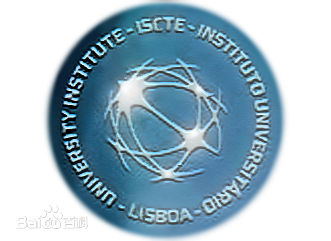
Universidade da Beira Interior
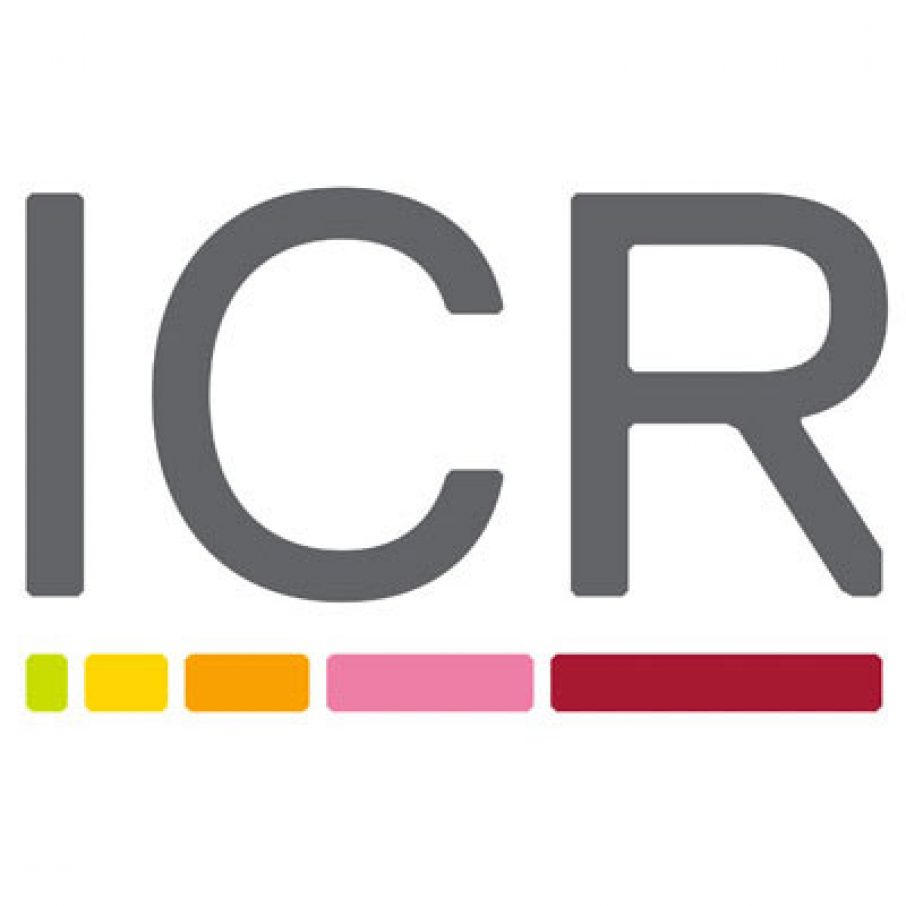
The Institute of Cancer Research

Heidelberg University

University of Amsterdam

University of Auckland

TsingHua University
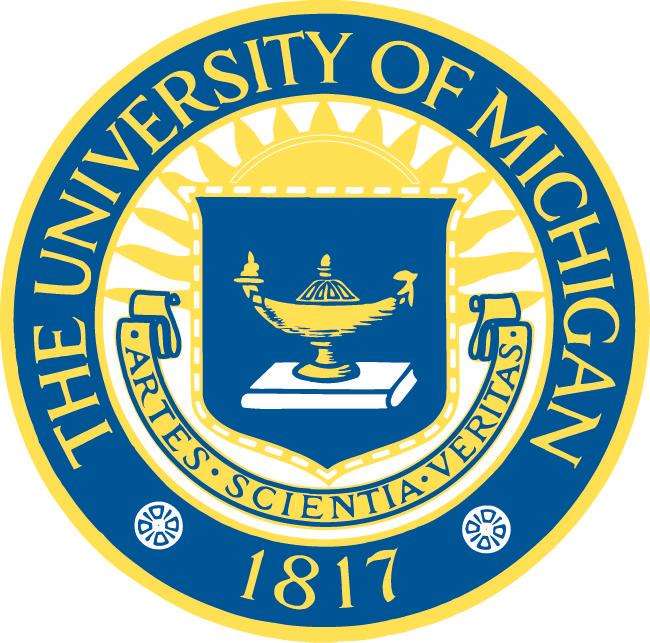
The University of Michigan

Miami University
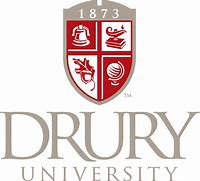
DRURY University
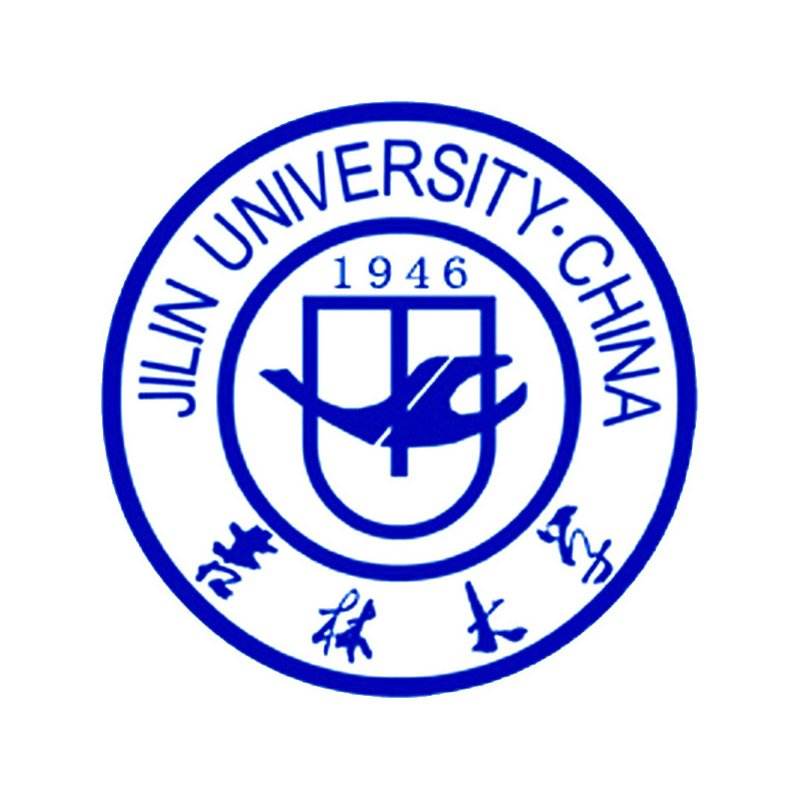
Jilin University

Fudan University

Wuhan University

Sun Yat-sen University

Universite de Paris

Deemed University

Auckland University

The University of Tokyo

Korea University
CEP-32496 is a selective inhibitor of BRAFV600E with IC50 value of 669 nM [1].
BRAF is a member of Raf kinase family and plays an important role in sending signals (directing cell growth) inside cells. BRAF involves in regulating MAP kinase/ERKs signaling pathway and mutant BRAFV600E activates MAPK pathway, it has been shown that BRAF mutant BRAFV600E is correlated with several human cancers [2].
CEP-32496 is a potent BRAFV600E inhibitor and has a different selectivity with the reported BRAFV600E inhibitor RG7204. Using Ambit Kinomescan Assay, it was shown that CEP-32496 potently binding to RAF family with Kd value ranged from 14 to 39 nmol/L. When tested with a panel of BRAF mutant (A375, SK-MEL-28, Colo-679, HT-144, and Colon-205) cell lines, CEP-32496 showed a selective cytotoxicity profile against tumor cell lines with V600E mutant while had no effect on wild type cell lines (HCT116, Hs578T, LNCaP, DU145, PC-3) [1]. CEP-32496 treatment exhibited high cytotoxicity against human tumor cell lines with expression of BRAFV600E while had little effect on wild type BRAF expressed cell lines [2].
In nude mice model with Colo-205 tumor cells subcutaneous xenograft, oral administration of CEP-32496 significantly inhibited pMEK normalization, induced tumor stasis (40%) while control group did not have this phenomenon in a dose of 30 mg/kg [1].
CEP-32496 also inhibits MEK phosphorylation with IC 50 value of 60 nM [1].
References:
[1].James, J., et al., CEP-32496: a novel orally active BRAF(V600E) inhibitor with selective cellular and in vivo antitumor activity. Mol Cancer Ther, 2012. 11(4): p. 930-41.
[2].Rowbottom, M.W., et al., Identification of 1-(3-(6,7-dimethoxyquinazolin-4-yloxy)phenyl)-3-(5-(1,1,1-trifluoro-2-methylpropa n-2-yl)isoxazol-3-yl)urea hydrochloride (CEP-32496), a highly potent and orally efficacious inhibitor of V-RAF murine sarcoma viral oncogene homologue B1 (BRAF) V600E. J Med Chem, 2012. 55(3): p. 1082-105.
- MNI-caged-NMDA
Catalog No.:BCC5888
CAS No.:1227675-52-6
- SCH 39166 hydrobromide
Catalog No.:BCC7317
CAS No.:1227675-51-5
- A 943931 dihydrochloride
Catalog No.:BCC7772
CAS No.:1227675-50-4
- StemRegenin 1 (SR1)
Catalog No.:BCC3637
CAS No.:1227633-49-9
- [D-Ala2]-Deltorphin II
Catalog No.:BCC5723
CAS No.:122752-16-3
- Deltorphin I
Catalog No.:BCC6233
CAS No.:122752-15-2
- Bi-linderone
Catalog No.:BCN6116
CAS No.:1227375-09-8
- Philanthotoxin 74
Catalog No.:BCC7478
CAS No.:1227301-51-0
- Liangshanin A
Catalog No.:BCN6115
CAS No.:122717-54-8
- AZD3839
Catalog No.:BCC6471
CAS No.:1227163-84-9
- 4-Fluoro-1-(3-(pyrimidin-5-yl)phenyl)-1-(2-(trifluoromethyl)pyridin-4-yl)-1H-isoindol-3-amine
Catalog No.:BCC5113
CAS No.:1227163-56-5
- BAY 87-2243
Catalog No.:BCC4131
CAS No.:1227158-85-1
- ACTH (1-39)
Catalog No.:BCC6028
CAS No.:12279-41-3
- GSK2334470
Catalog No.:BCC4982
CAS No.:1227911-45-6
- Gadodiamide
Catalog No.:BCC4663
CAS No.:122795-43-1
- Marinopyrrole A
Catalog No.:BCC4098
CAS No.:1227962-62-0
- Sabutoclax
Catalog No.:BCC2236
CAS No.:1228108-65-3
- 8-Geranyloxy-5,7-dimethoxycoumarin
Catalog No.:BCN6117
CAS No.:1228175-65-2
- MRS 2957 triethylammonium salt
Catalog No.:BCC6133
CAS No.:1228271-30-4
- H-D-Phe(4-F)-OH .HCl
Catalog No.:BCC3217
CAS No.:122839-52-5
- Cefoselis
Catalog No.:BCC4092
CAS No.:122841-10-5
- Cefoselis Sulfate
Catalog No.:BCC4769
CAS No.:122841-12-7
- Alosetron
Catalog No.:BCC1342
CAS No.:122852-42-0
- Alosetron (Z)-2-butenedioate
Catalog No.:BCC1343
CAS No.:122852-43-1
Identification of 1-(3-(6,7-dimethoxyquinazolin-4-yloxy)phenyl)-3-(5-(1,1,1-trifluoro-2-methylpropa n-2-yl)isoxazol-3-yl)urea hydrochloride (CEP-32496), a highly potent and orally efficacious inhibitor of V-RAF murine sarcoma viral oncogene homologue B1 (BRAF) V600E.[Pubmed:22168626]
J Med Chem. 2012 Feb 9;55(3):1082-105.
The Ras/RAF/MEK/ERK mitogen-activated protein kinase (MAPK) signaling pathway plays a central role in the regulation of cell growth, differentiation, and survival. Expression of mutant BRAF(V600E) results in constitutive activation of the MAPK pathway, which can lead to uncontrolled cellular growth. Herein, we describe an SAR optimization campaign around a series of quinazoline derived BRAF(V600E) inhibitors. In particular, the bioisosteric replacement of a metabolically sensitive tert-butyl group with fluorinated alkyl moieties is described. This effort led directly to the identification of a clinical candidate, compound 40 (CEP-32496). Compound 40 exhibits high potency against several BRAF(V600E)-dependent cell lines and selective cytotoxicity for tumor cell lines expressing mutant BRAF(V600E) versus those containing wild-type BRAF. Compound 40 also exhibits an excellent PK profile across multiple preclinical species. In addition, significant oral efficacy was observed in a 14-day BRAF(V600E)-dependent human Colo-205 tumor xenograft mouse model, upon dosing at 30 and 100 mg/kg BID.


